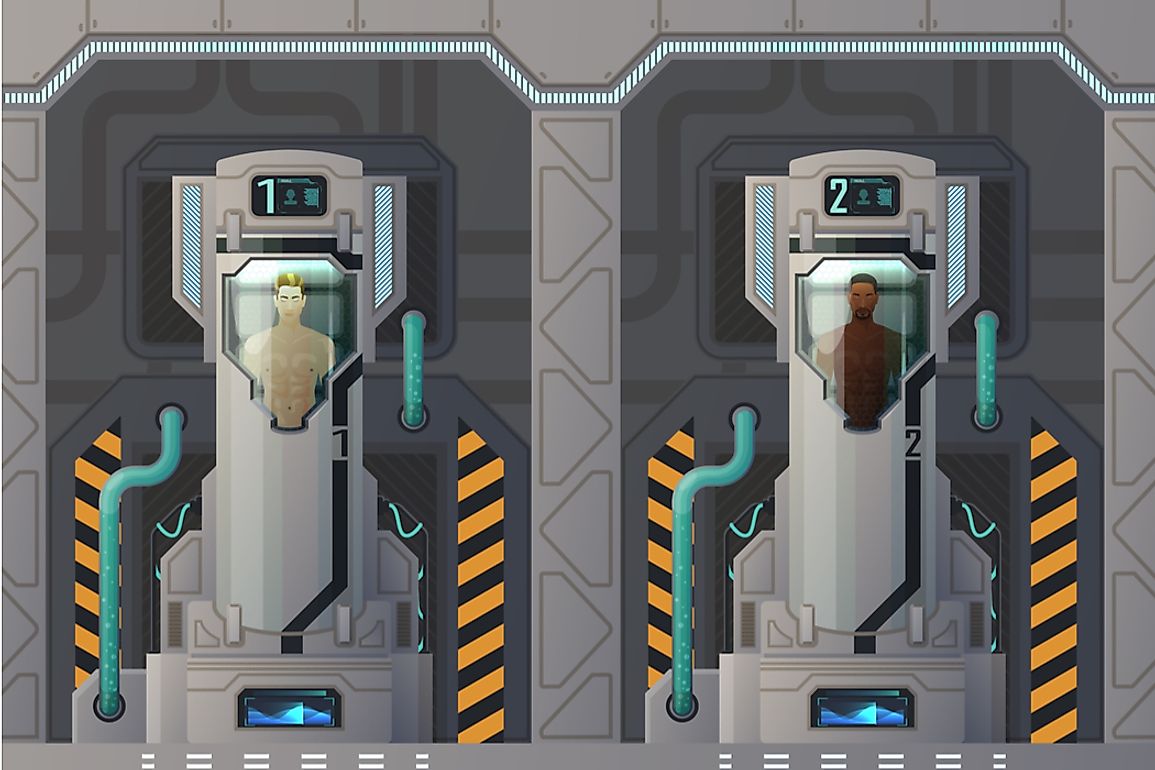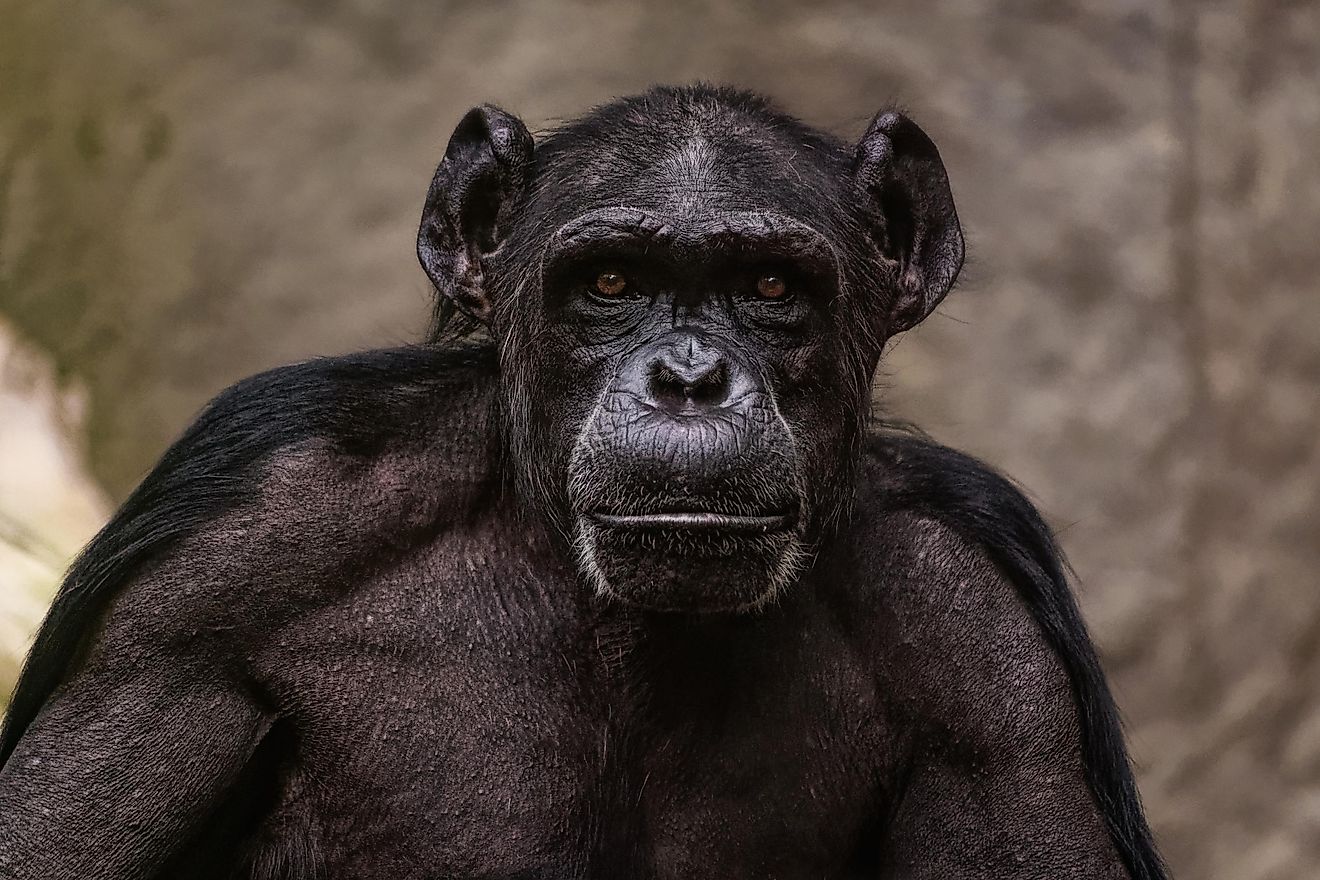What Is Cryonics?

Cryonics is the preservation of organic tissue by keeping it under freezing temperatures, typically below -196°C, in a controlled environment. This is achieved by storing the body in an air-tight container filled with liquid nitrogen. The extremely low temperatures freeze the extracellular water, with the water inside the cell being absorbed through osmosis and causing the cells to become dehydrated and making the tissue less susceptible to decomposition. Modern technology doesn’t make it possible for the preserved tissue/body to be revived. Therefore, the preservation of the body is done in the hope that future technology will make it possible to revive the preserved organic tissue. Futurists were the first group of people to embrace cryonics fully and represent the largest group of people with bodies or organs currently under cryonic preservation.
History of Cryonics
Since prehistoric times, one of the most popular ways of preserving meat has been freezing it. Ancient humans used ice and snow to freeze their meat, preventing it from decomposing and hence extending its shelf life. Modern technology brought refrigerators and freezers that use the same process to store perishable foods. 20th-century scientists had to tap into this ancient knowledge to come up with cryonics. One problem scientists frequently faced was the storage of transferrable organs, as the medical technology of the time was inefficient in tissue preservation. Cryopreservation was introduced to the world in 1967 with the preservation of Dr. James Bedford’s body.
Controversial Issues
The science of cryonics has been a controversial topic since its introduction in the 20th century. First is the morality of the whole process. Religion has for the longest time been at loggerheads with the scientific community, and cryonics does not make the situation better. Religious leaders have been vocal in their displeasure with the process, which defies their most crucial belief; the transition of the body into the afterlife. Another issue is the fact that the revival of the preserved organic tissue is purely dependent on future advancements in medical technology and nanotechnology in particular. Another problem arising from cryonics is the fact that modern medical technology does not make it possible for scientists to assess whether the tissue under preservation has experienced any substantial or irreversible damage. Another contentious issue is the astronomical cost that the procedure requires. The average cryopreservation procedure involving preservation of the whole body costs between $28,000 and $200,000 in the four existing facilities around the world.
The Demand
There are four cryopreservation facilities around the world; one in Russia and three situated in the US. However, these facilities cannot meet the demand for the procedure. It is estimated that about 250 human bodies are under cryopreservation and an additional 1,500 people have expressed their interest to have their bodies under cryopreservation after being established to be legally dead.











